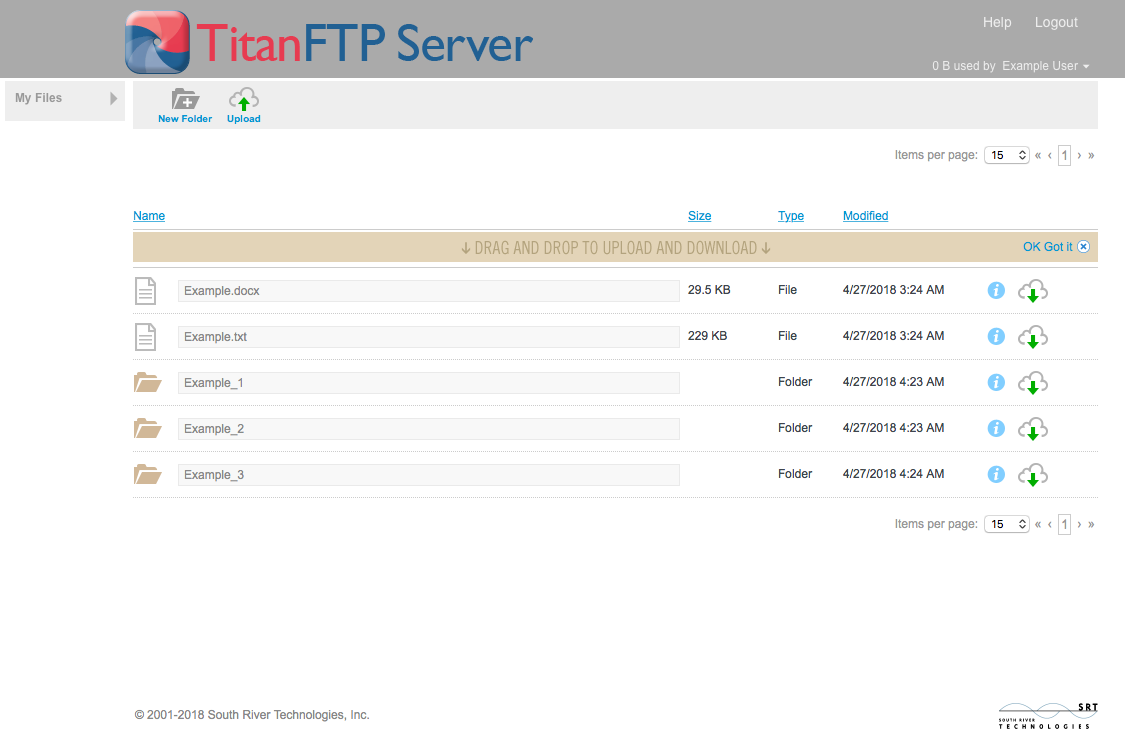Downtime is a scenario that online businesses should strive to avoid at all times. Whether you have a transactional site, or you offer a software, hosting or internet service, it is imperative you stay online.
Infographics previously published by KISSmetrics showed that if an ecommerce website makes $100,000 (around £616,000) a day, a one-second delay for a page to upload can result in lost annual sales of $2.5 million. The cumulative effect of repeated delays is therefore clear to see and should be a cause of concern for all organisations.
Avoiding downtime is not only of financial importance, it is also essential for a favourable reputation among consumers. The power of forums and social media today means shoppers can quickly spread the word about a poorly-performing website, which could result in people spending their money at a rival’s ecommerce store instead. Likewise, if a company hears about a hosting or internet service provider with a poor downtime record, they may be inclined to sign a contract with a different organisation.
One way to help avoid downtime is by deploying virtualisation. Virtualisation is a move away from the traditional practice of using one server per application, with several virtual machines operating on a single physical server instead. This can be an efficient way for businesses to do things – especially if they have more than half a dozen servers – as with the traditional method, quite often computing power is not used to its full potential. A lot of operating systems and applications only use a small percentage of a physical server, leaving the remainder wasted.

By enjoying an improved utilisation of servers via consolidation and virtualisation, organisations – both business-to-business and business-to-consumer – can look forward to a variety of benefits. These include a reduction in the amount of data centre space needed, as well as the amount of maintenance required.
Another advantage – and a very important one at that – is that downtime can be reduced, if not eliminated. This is because fault tolerance and high availability are built in from the start, meaning there is no single point of failure. With no weaknesses to be compromised, a business’s responsiveness and performance is maintained.
Applications that support risk management, cost containment, efficiency and revenue generation are, therefore, continually available in virtualised environments. Whether your business has a transactional website or you provide an IT service to another firm, these types of applications will be high up your list of priorities to keep running.
Earlier in the year, IDC conducted a poll of chief information officers (CIOs) as to what their IT priorities would be in 2012. Server consolidation and virtualisation topped the survey with 40 per cent of the vote, followed by adopting cloud services and collaboration tools.
With virtualisation topping the agenda of CIOs, it may well be a technology your company is currently looking into, if you haven’t already deployed it. If you are concerned virtualisation means handing over all control in order to slash downtime, this is not the case. Like dedicated servers, virtual ones can be configured to form clusters that provide advanced functions, fault tolerance and fail-over.
Virtual servers can easily and quickly be transferred from host to host, providing end users with value for money if they run several, as well as better responsiveness and stability.










Comments